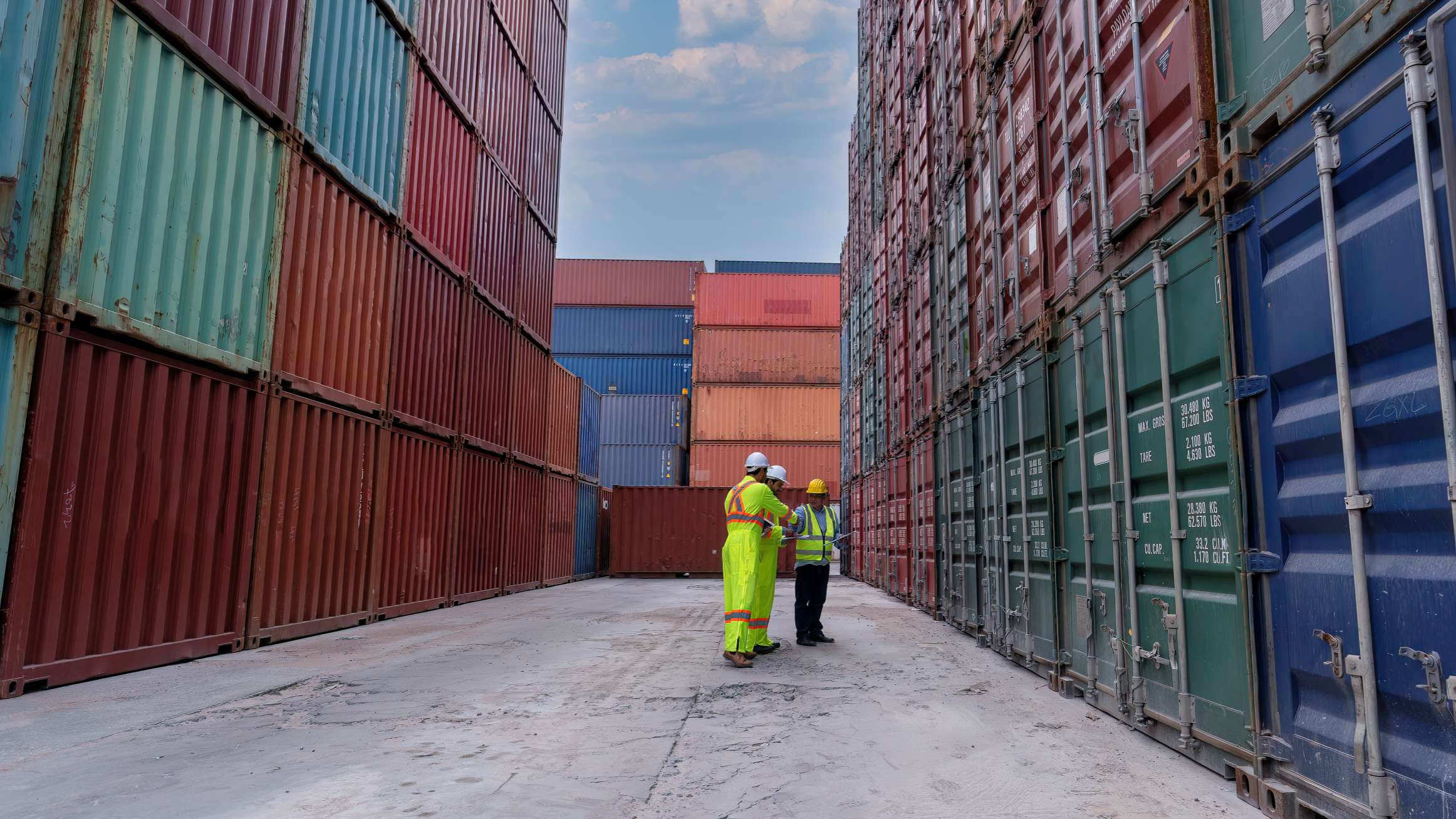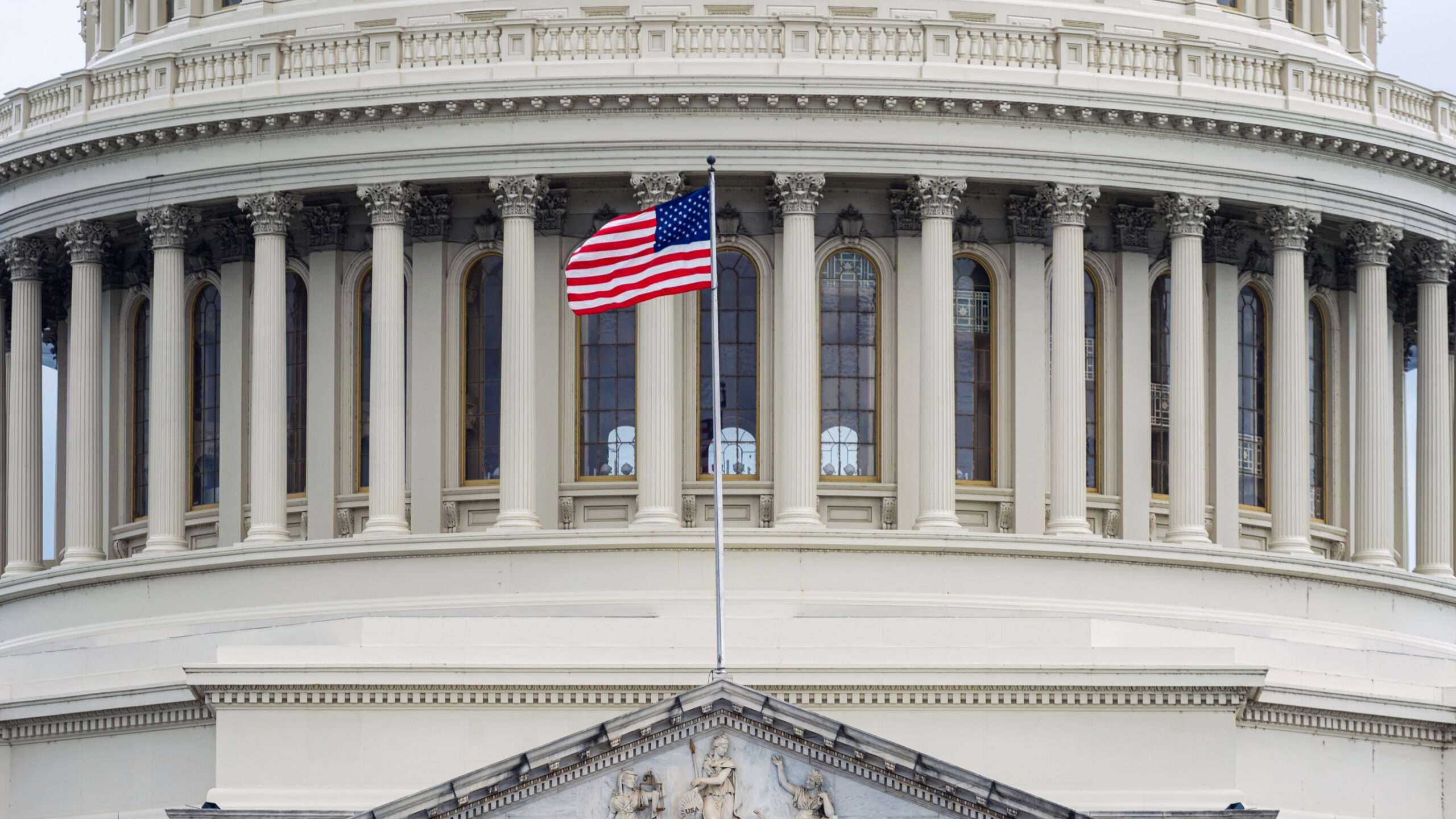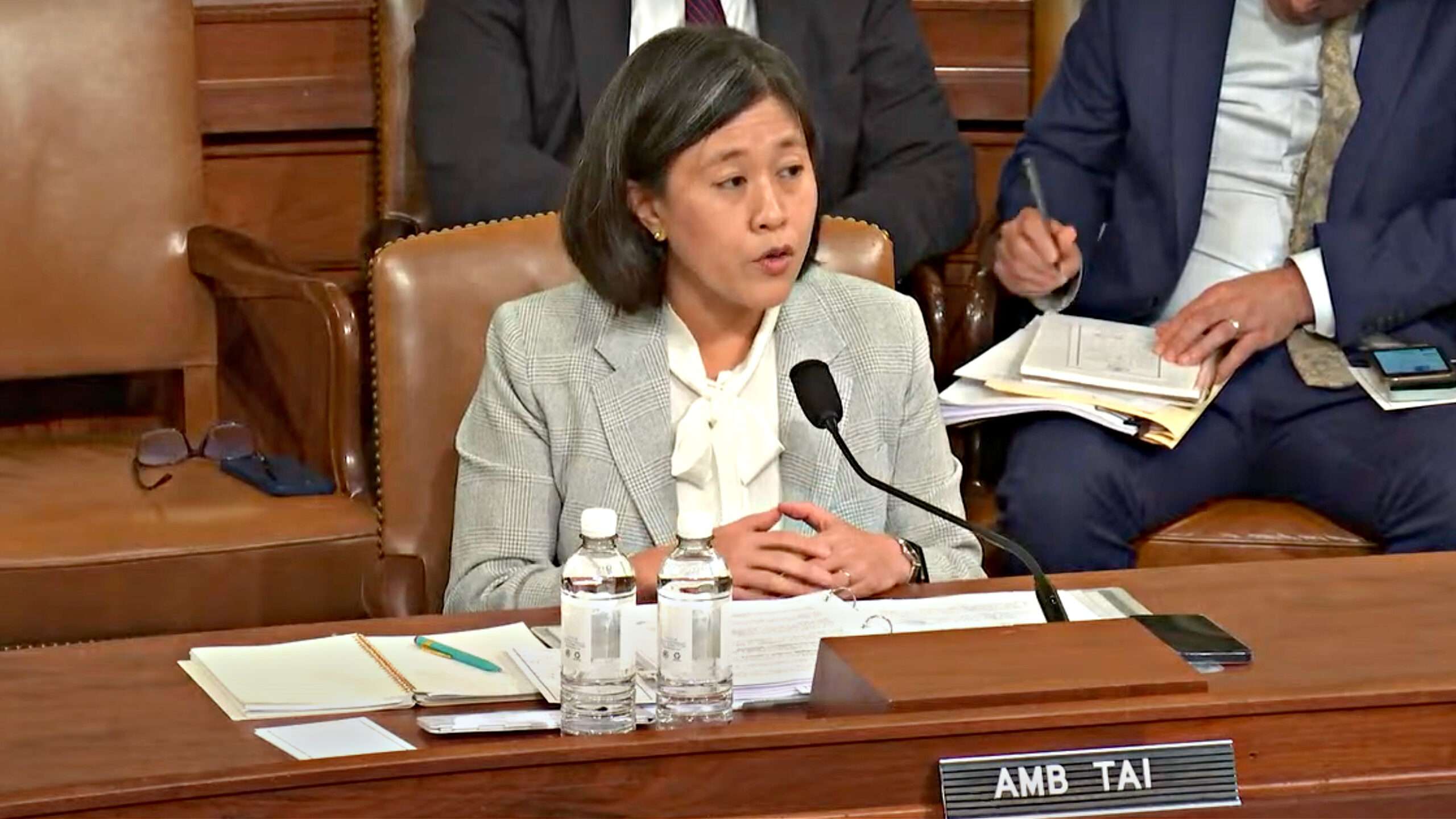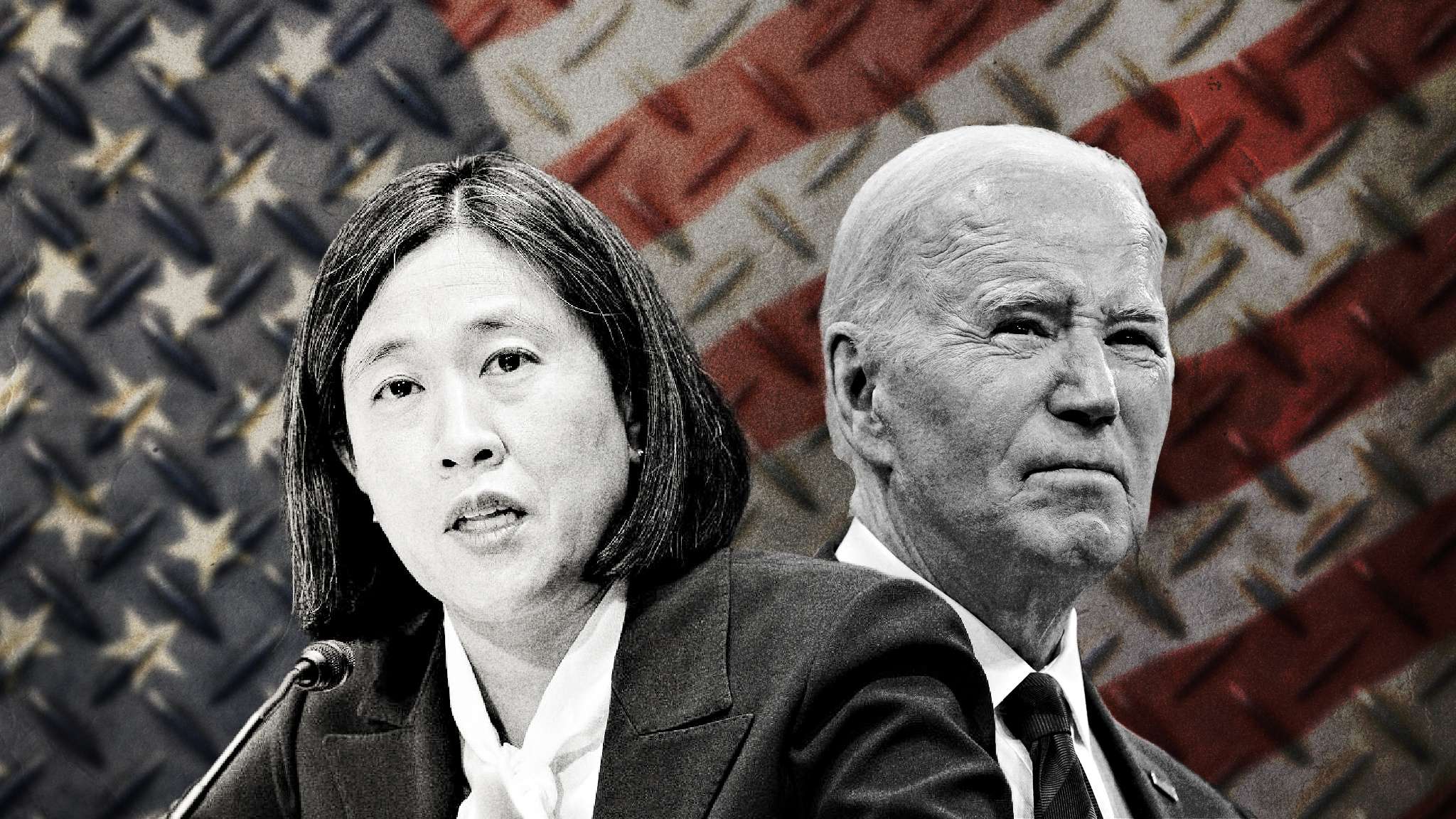The Trump administration sent shockwaves through the world of trade yesterday when the Financial Times reported that it was looking for ways to bypass the World Trade Organization, the 22-year-old oversight body that adjudicates trade disputes, and which Trump has called a “disaster.”
[DANNY VINIK| February 28, 2017 |Politico]
Can Donald Trump just pull America out of the WTO? Not without action from Congress—but he doesn’t need to go that far if he wants to seriously disrupt the global trade system. Though yesterday’s coverage didn’t specify just what the U.S. could do, saying only that officials were drafting “a list of the legal mechanisms” they might use to start throwing American weight around, the White House already has broad unilateral powers over American trade policy. An innovative, trade-skeptic administration could dredge up some tactics long forgotten and rarely used.
What are its potential weapons? POLITICO surveyed a half-dozen experts who understand the byzantine corridors of trade law and found a number of old, buried statutes that the president could use to unilaterally impose trade sanctions on imposing nations—and, in the process, neuter the WTO.
1. Section 301. The most controversial and powerful tool is known as Section 301, named after its corresponding section of law in the Trade Act of 1974. This gives the U.S. unilateral authority to retaliate against foreign countries who impose unfair trade barriers against the United States. As trade expert Bruce Hirsh wrote recently for The Agenda: “Through the 1980s, presidents frequently used Section 301 to extract concessions from trading partners, using the measure as leverage, even at the risk of a trade war. Since the creation of the World Trade Organization though, Section 301 has gone largely unused.”
Over the past 20 years, as the United States has used the dispute settlement forum at the WTO, the threat of Section 301 retaliation has essentially disappeared. But there’s no statutory reason the White House couldn’t begin using it again, and members of the administration have spoken favorably about the tool in the past. Robert Lighthizer, Trump’s nominee for U.S. Trade Representative, has long been a critic of the WTO dispute settlement process, arguing in testimony in 2010 that “U.S. policymakers significantly overestimated the effectiveness of the WTO dispute settlement process. By contrast to Section 301 – which was a powerful tool with which to influence our trading partners – the dispute settlement process is simply not designed to deal with a country like China.” If he’s confirmed as USTR, it’s clearly no stretch to assume the U.S. would start looking at it again.
2. Section 338. This one reaches back 87 years. Section 338 of the Tariff Act of 1930 offers the president broad authority to raise tariffs and block imports in situations where he determines that a foreign country has unfairly affected commerce in the United States. The power—similar to that of Section 301—has rarely been used by presidents; in fact, in a recent research note, John Veroneau and Catherine Gibson, trade lawyers at Covington & Burling, wrote that they have “uncovered no public record relating to Section 338” since a telegram from Secretary of State Dean Acheson mentioned it in 1949. In other words, it’s a power that almost no trade lawyers or experts are familiar with, and whose use could have unintended consequences that are anyone’s guess.
3. Section 201. Trump could also use a different section of the Trade Act of 1974 to impose trade sanctions on other countries. Section 201 is more limited in its scope and allows the government to temporarily restrict imports of a product “if a domestic industry is seriously injured or threatened with serious injury caused by a surge in imports.” In trade terms, these are known as “safeguard actions” and in the United States, the Independent Trade Commission conducts safeguard investigations.
How easy would it be for Trump to use Section 201? The WTO has historically taken a narrow view about when safeguard actions are acceptable. But the White House could challenge that view, or simply ignore it altogether. A more immediate obstacle is that the ITC is an independent agency with six commissioners, each serving nine year terms, and it would need to get behind the White House’s new punitive approach. While Trump will eventually be able to replace some of those commissioners, it will be more difficult to stack the ITC with like-minded commissioners willing to liberally use Section 201.
4. Emergency powers. A number of laws, including the Trade with the Enemy Act of 1917, the Trade Expansion Act of 1962 and International Emergency Economic Powers Act of 1977, grant the president wide authority to impose trade sanctions on foreign countries that pose an extraordinary or unusual threat to the national security, foreign policy or economy of the United States. “That is a fairly elastic standard,” said Nate Olson, the director of the Trade21 program at the Stimson Center, “but if the president certifies that that criteria has been met, it gives him a number of remedial steps like blocking assets and commerce from a particular country.” These laws are supposed to be used in national emergencies, and haven’t been invoked much recently, but they give the president fairly broad authority. And for a president who’s already shown himself willing to try some radically unorthodox things, it’s not out of the question he might try to apply them and see what happens.
5. Raising tariffs under the WTO. Under the WTO, countries can impose tariffs on imports up to a certain ceiling, but U.S. tariffs on many imports are currently below that ceiling, allowing Trump to raise tariffs—without violating WTO rules. However, this power is limited. He cannot single out one country, like China, using this authority, said Robert Howse, an international law professor at NYU Law School. That’s because China, like many countries, has “Most Favored Nation” status under which the U.S. is prohibited from discriminating against trade partners. If Trump really wants to target China, he’ll have to do so outside of the WTO.
6. Just ignore the WTO. If Trump did impose any of these unorthodoxsanctions against a WTO member, that member would almost certainly file a WTO case against the U.S.—under WTO rules, countries are not supposed to level unilateral sanctions without going through the dispute settlement process. But even if the WTO’s decision went against the United States, no law requires the Trump administration to abide by that finding. “The WTO cannot compel compliance,” said Veroneau, who was the deputy U.S. Trade Representative under George W. Bush. Like a lot of things, it’s really just a mutual agreement whose strength comes from everyone’s participation—and the U.S. could just turn its back on the process, even if it did not officially withdraw from the agreement.
And it’s here that the Trump administration is already changing the playing field:To trade experts, that the Trump administration is even considering unilateral trade sanctions represents a unique threat to modern trade relations. “Once you even signal that you are not going to be investing in a certain rule-based framework,” said Olson, “that brings the whole house of cards down.”













